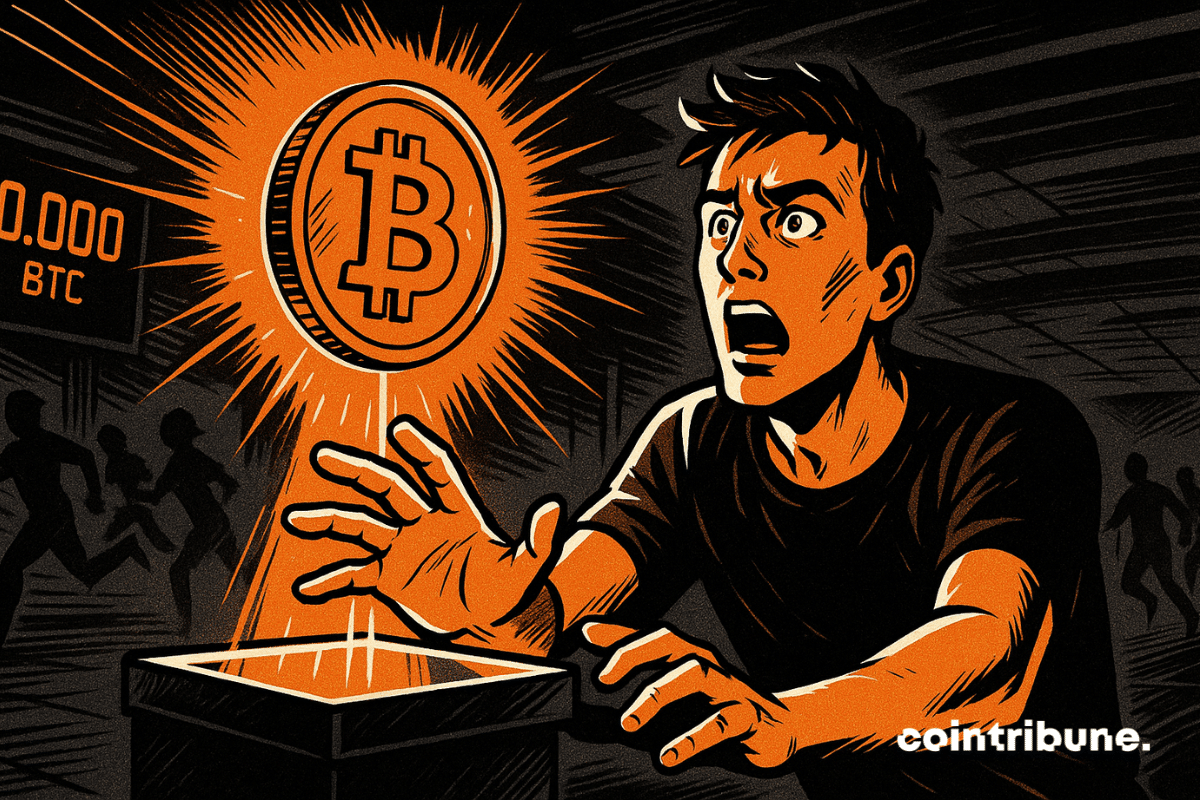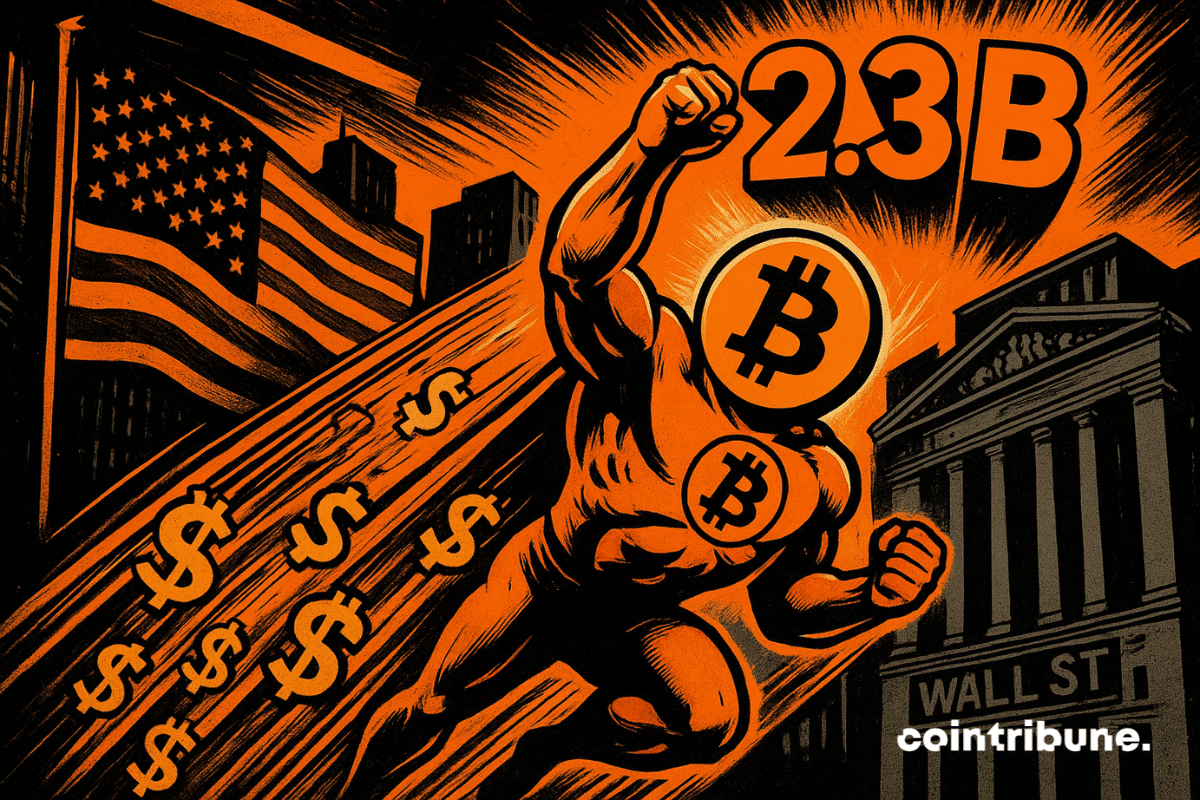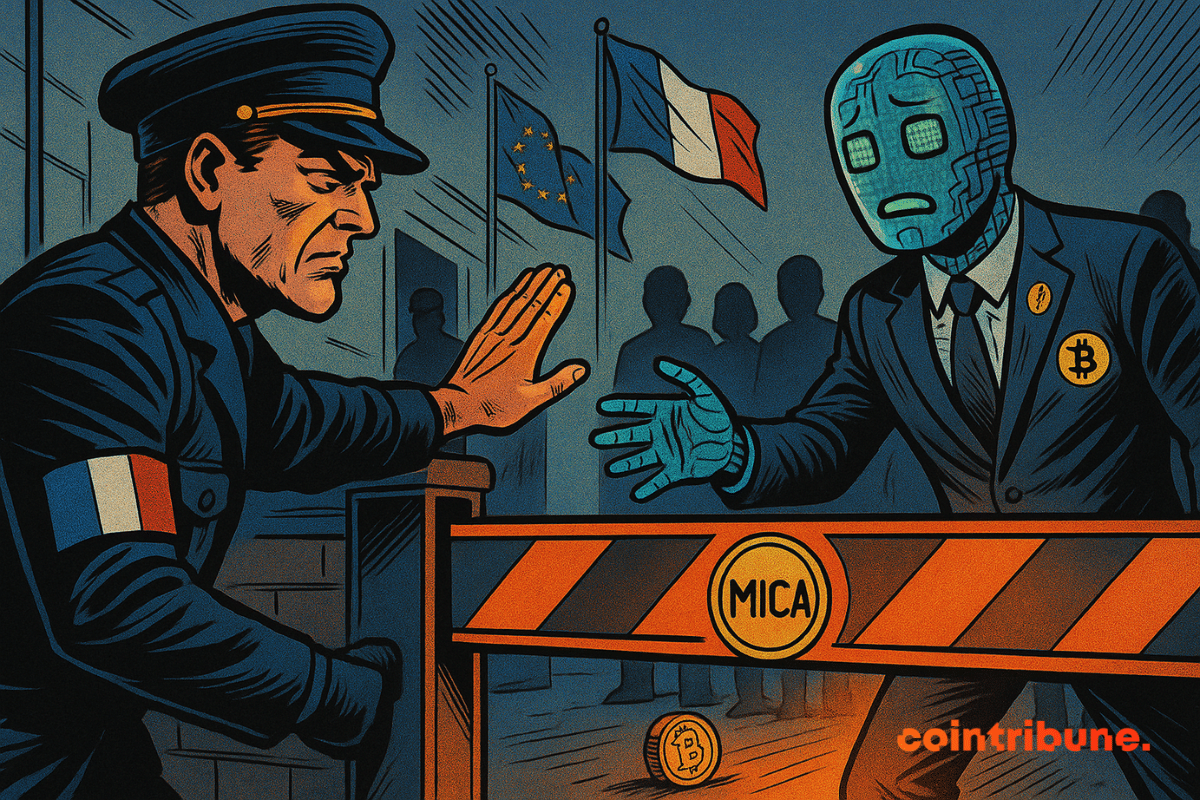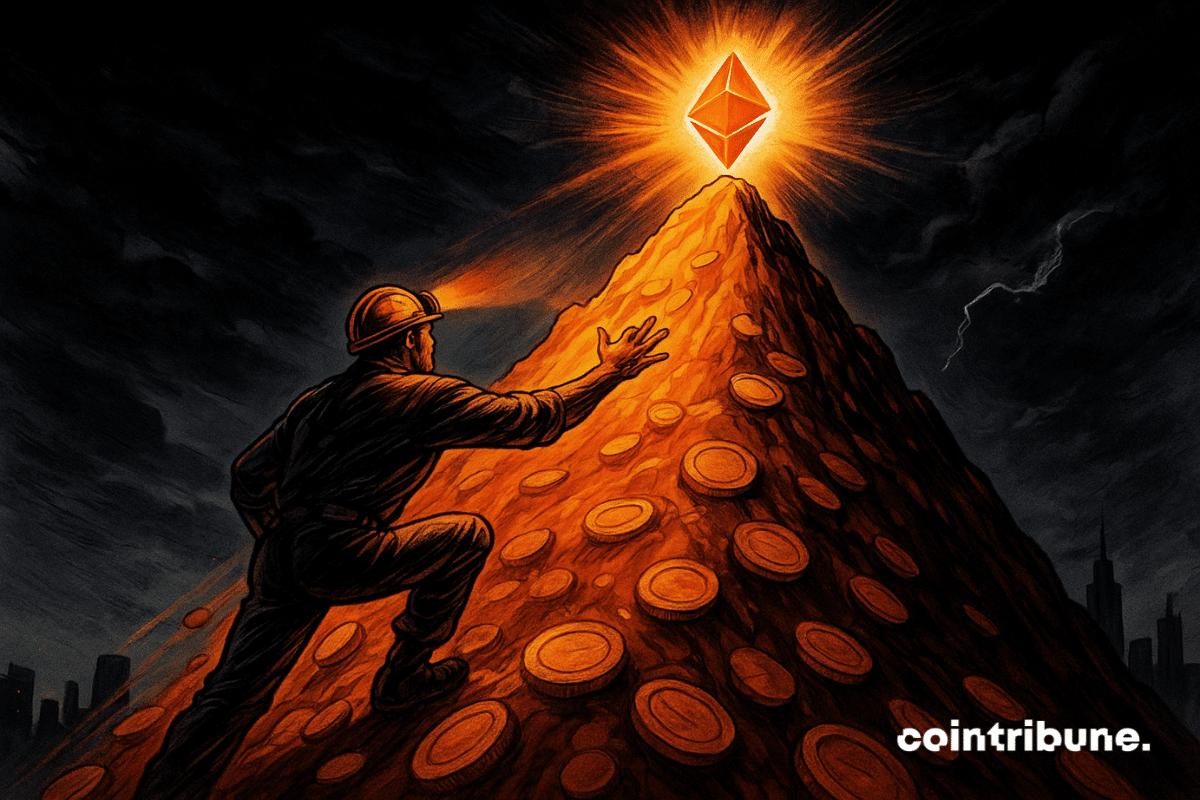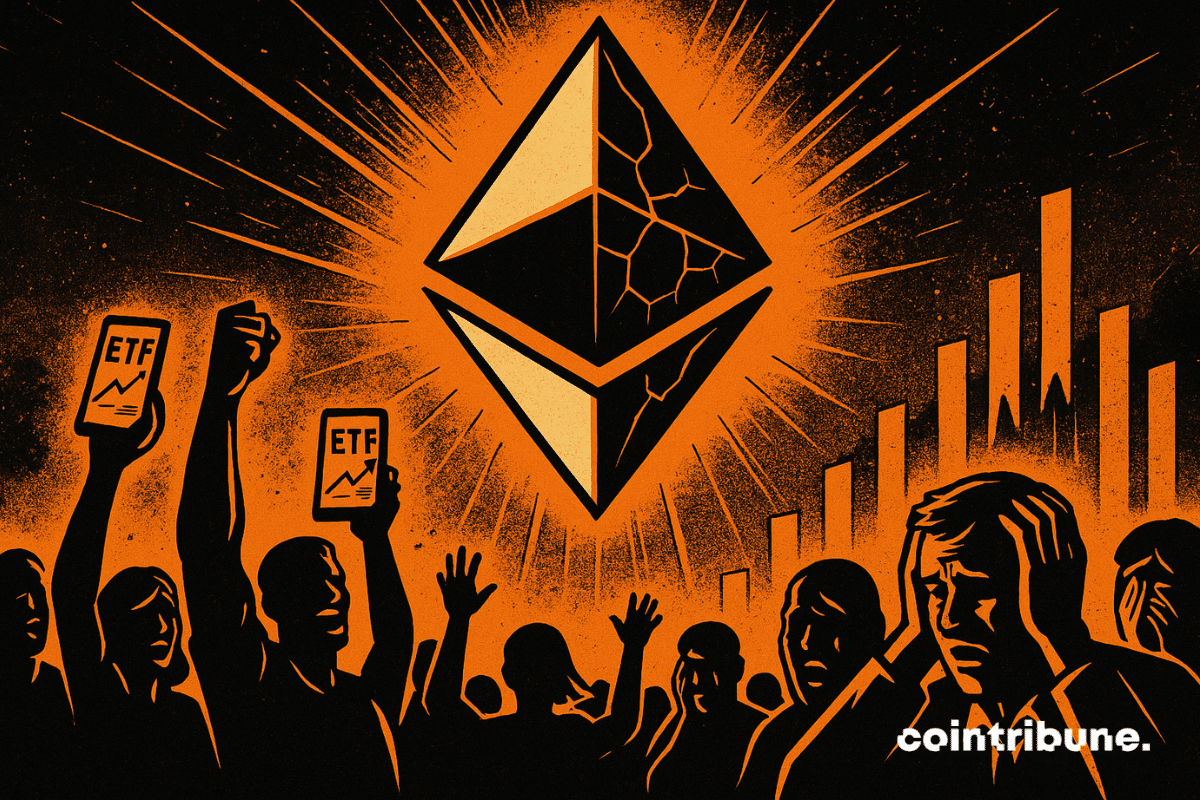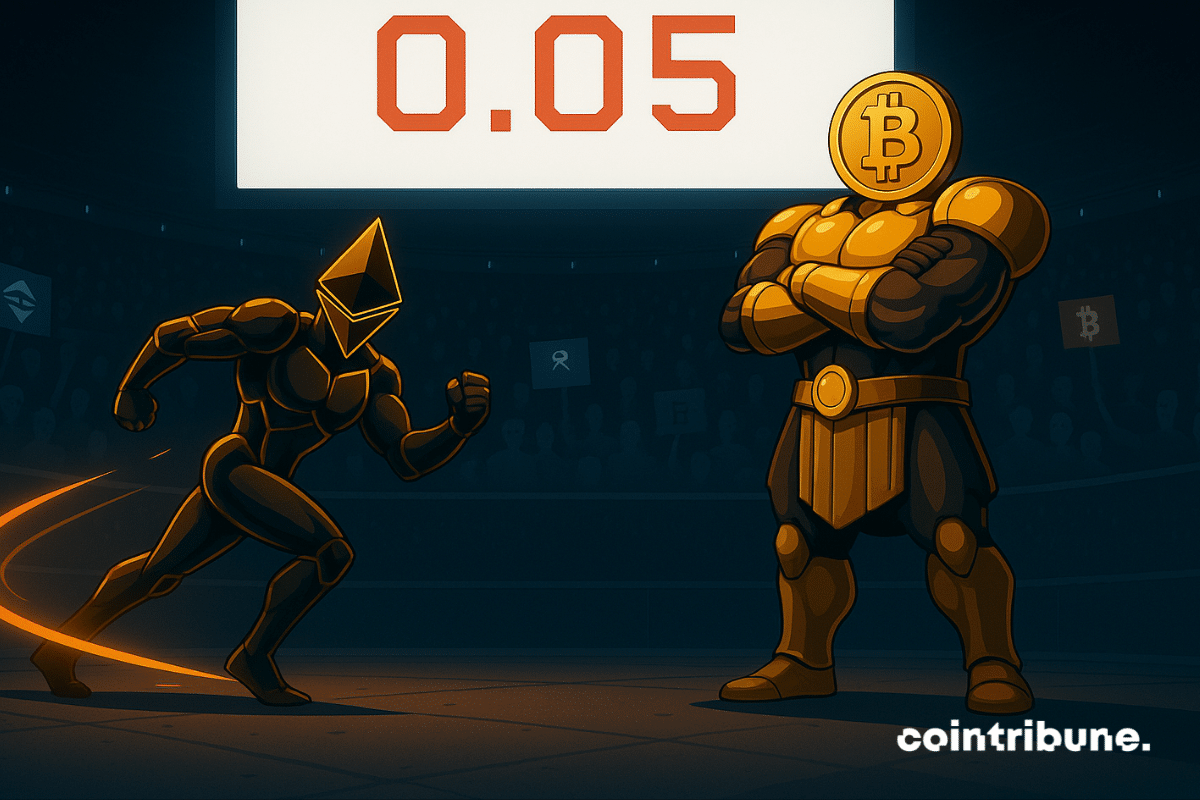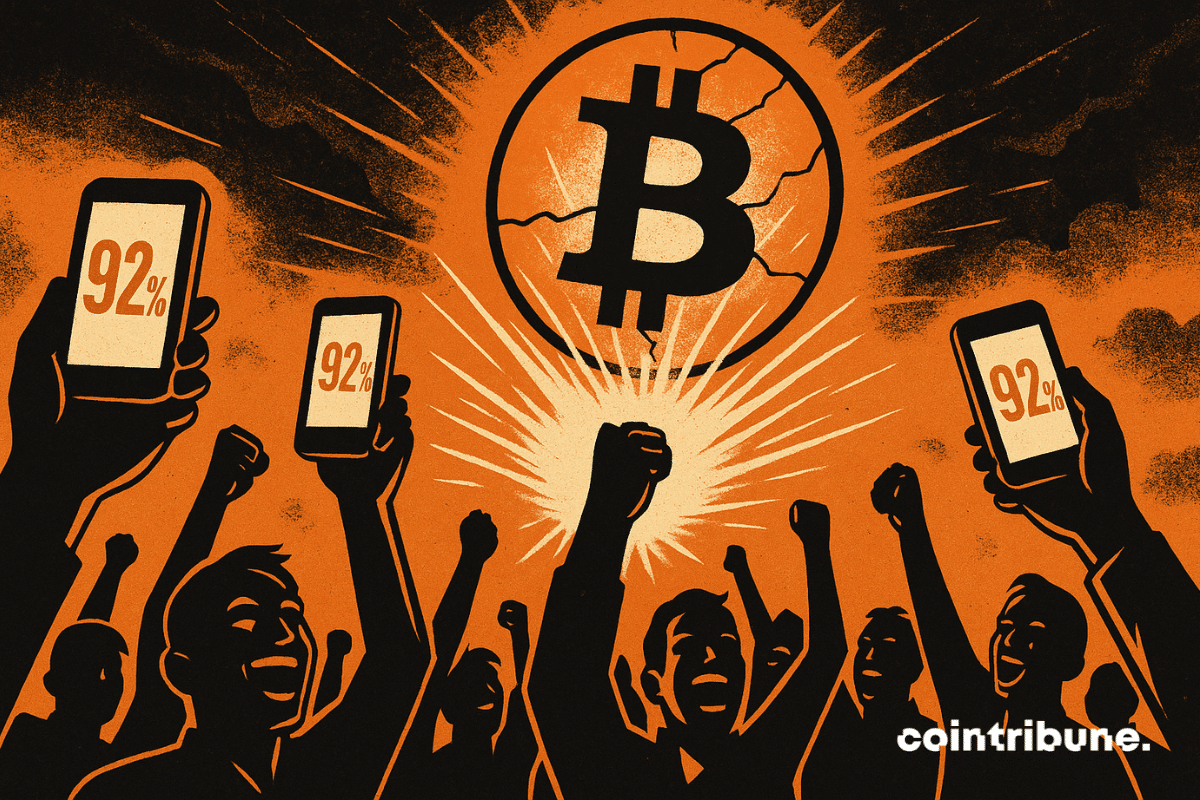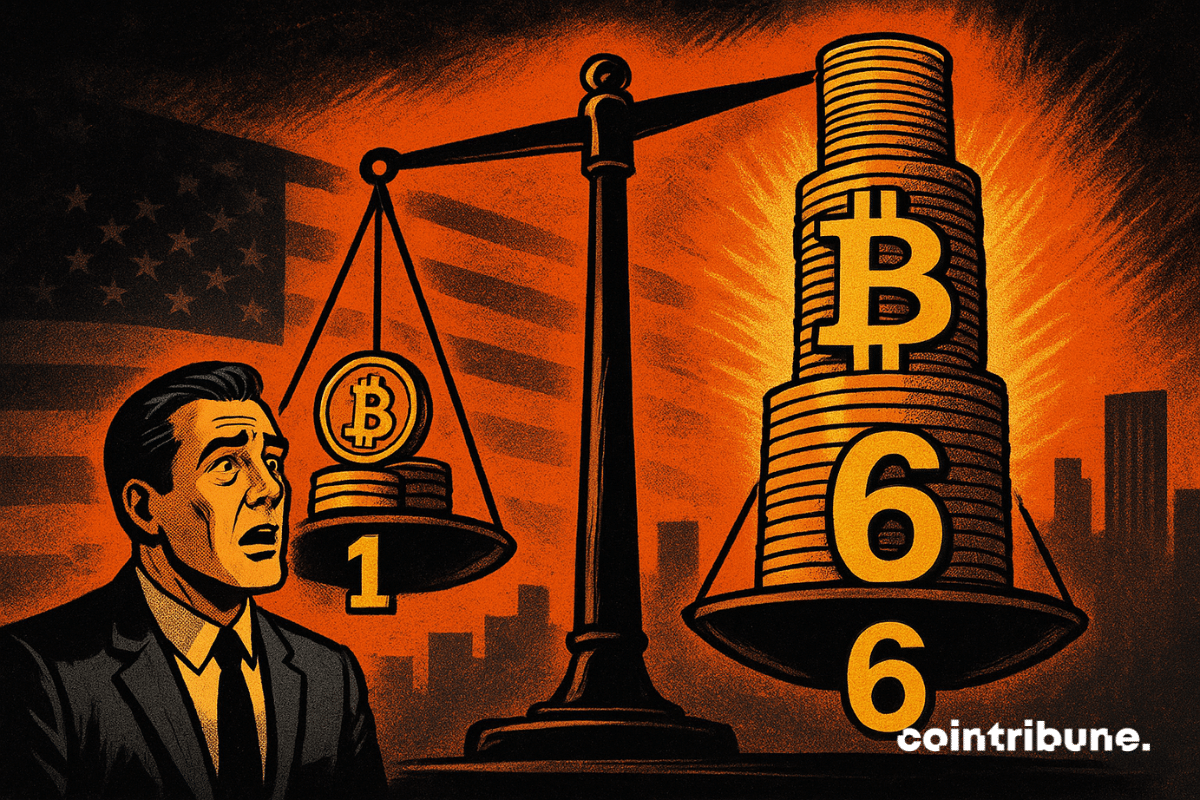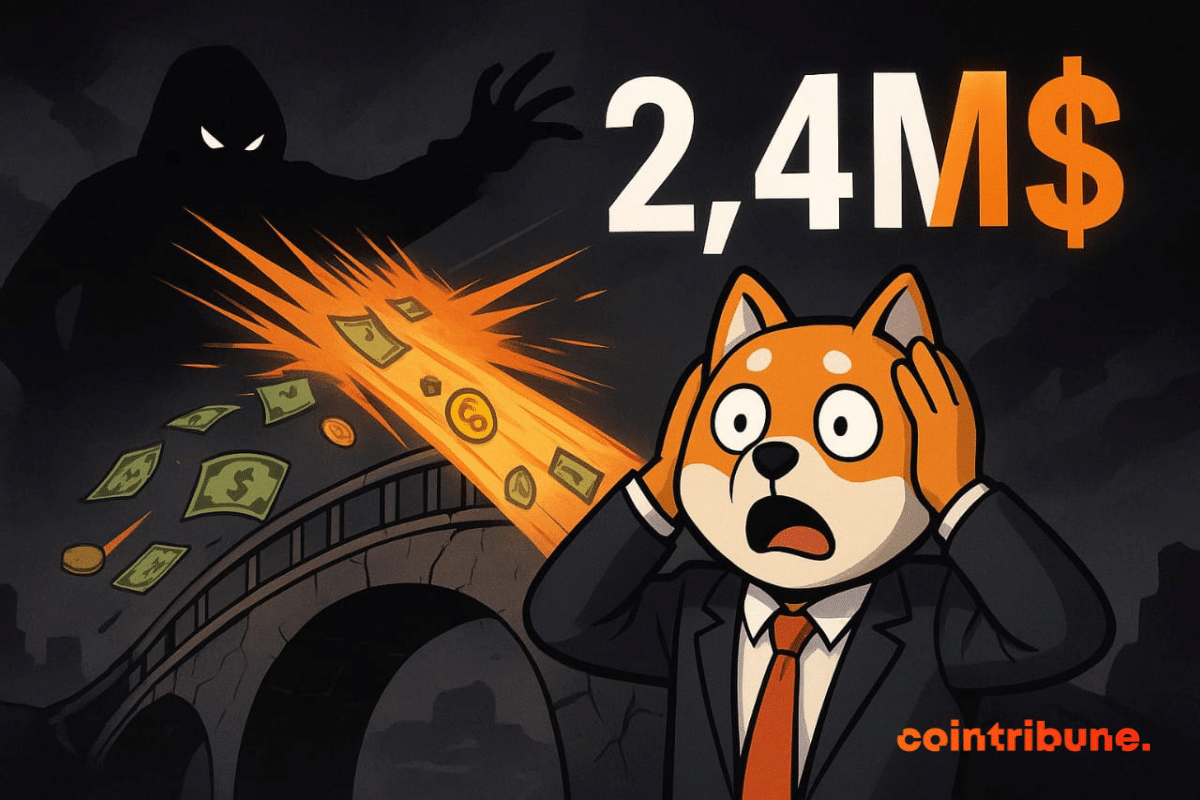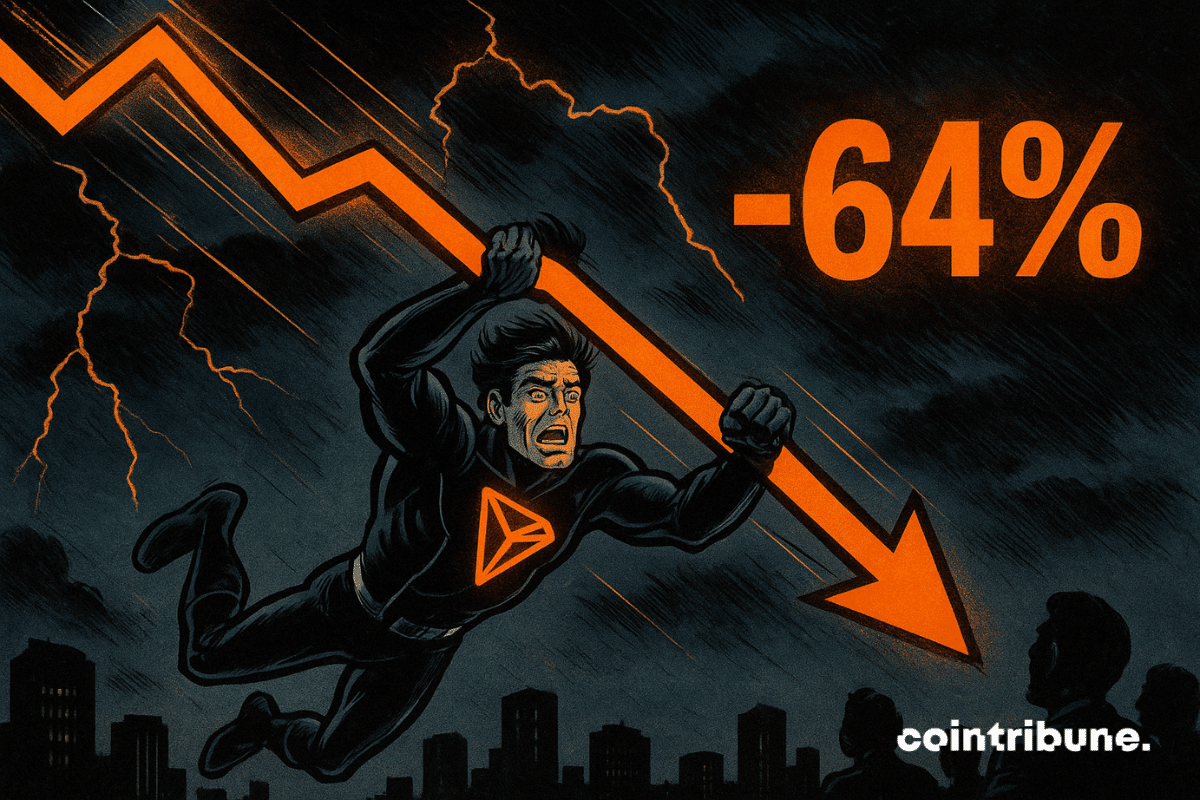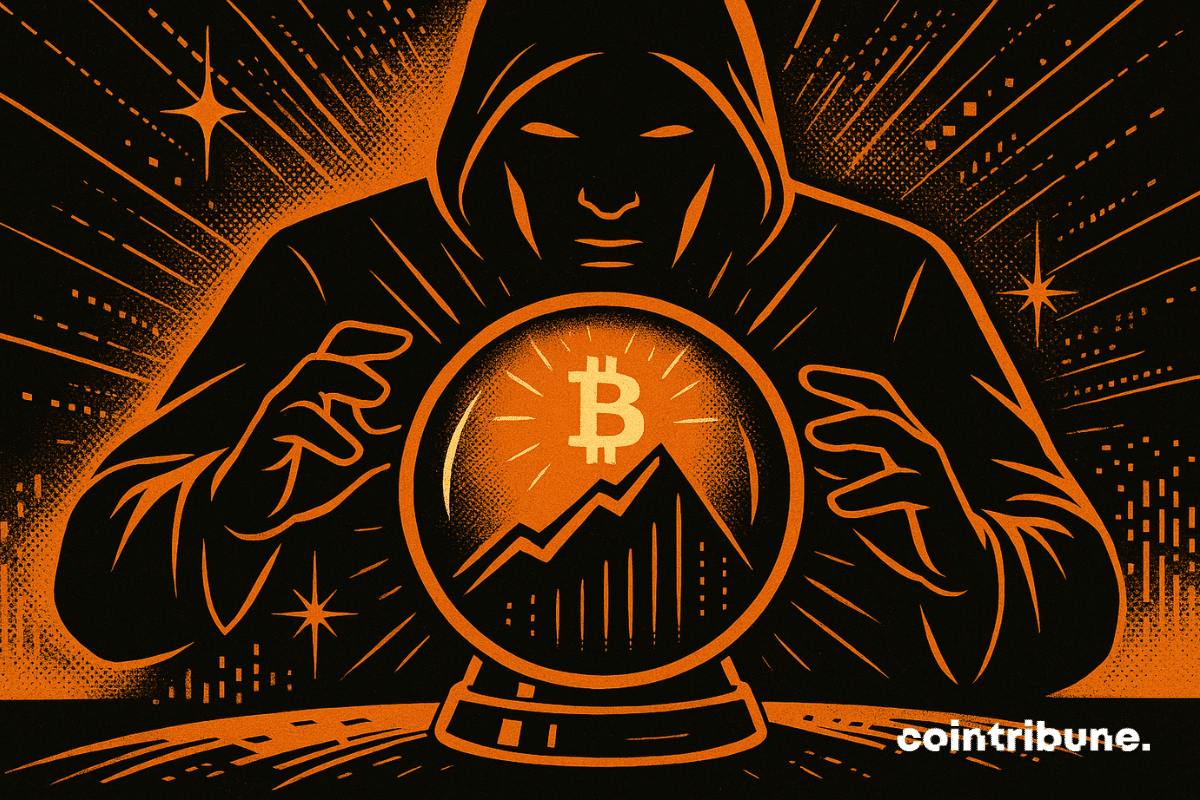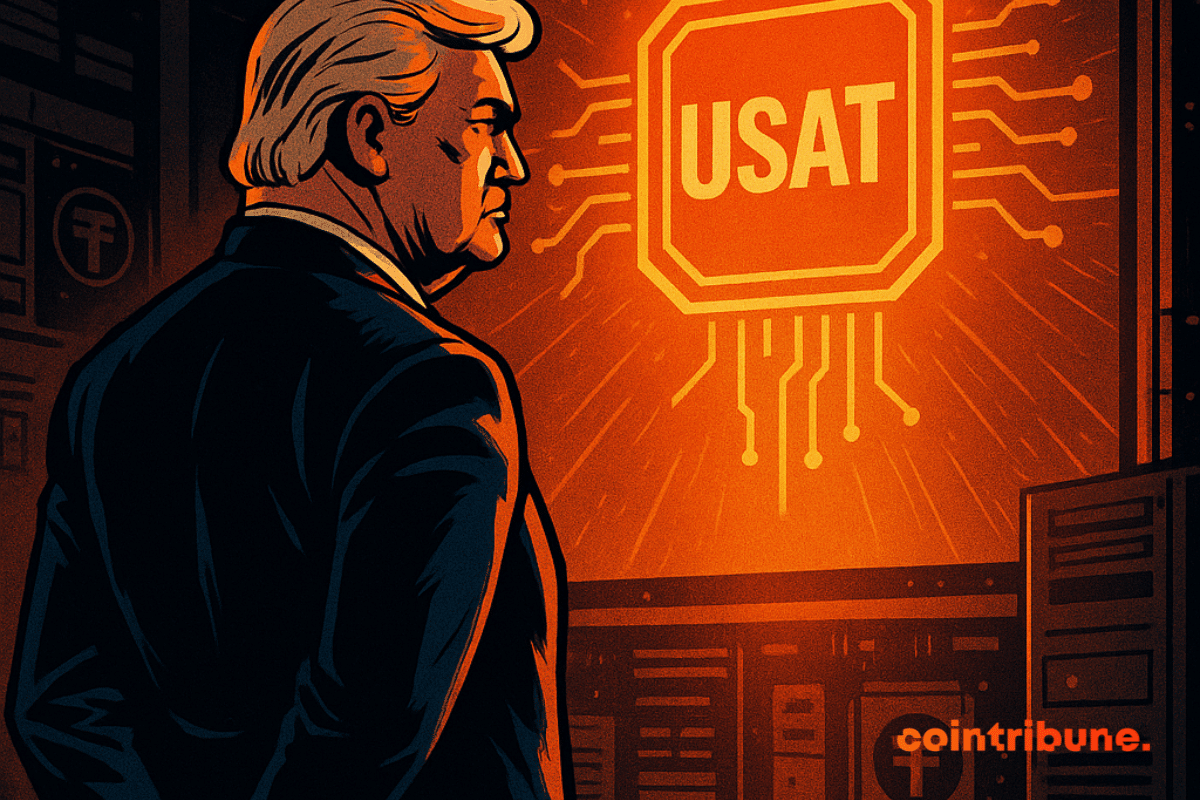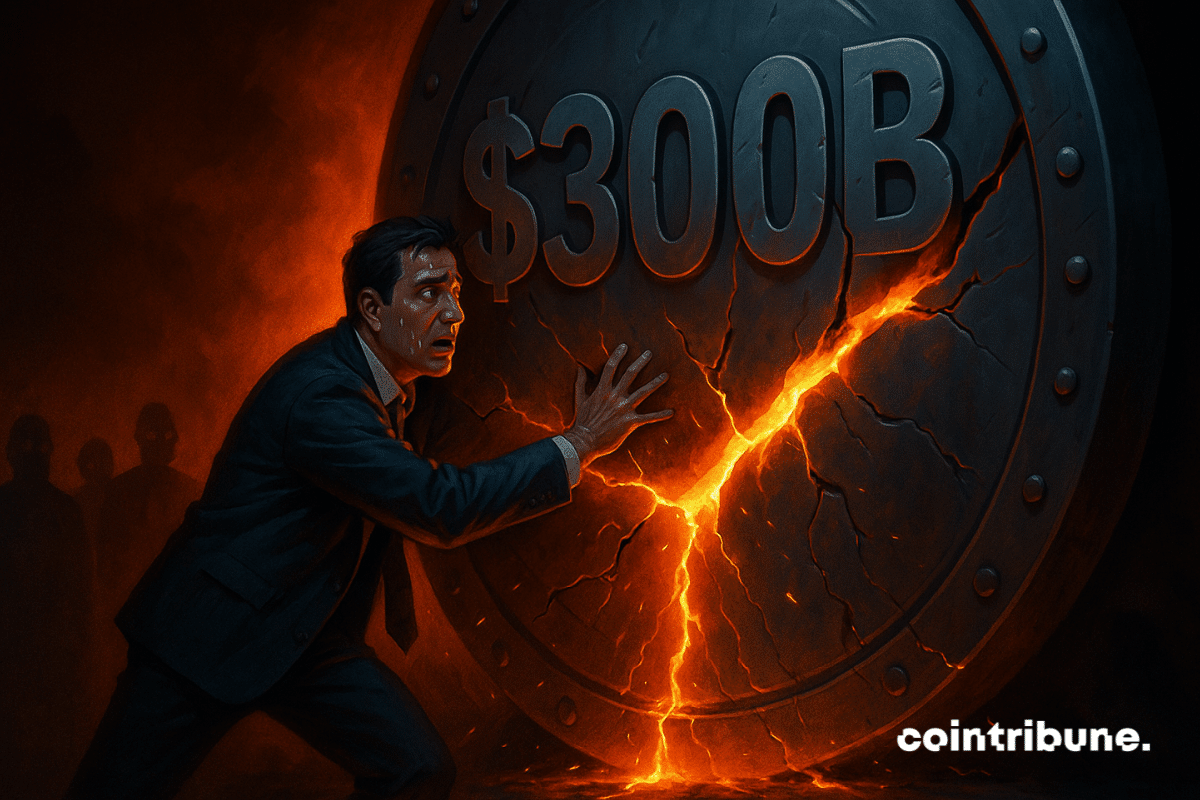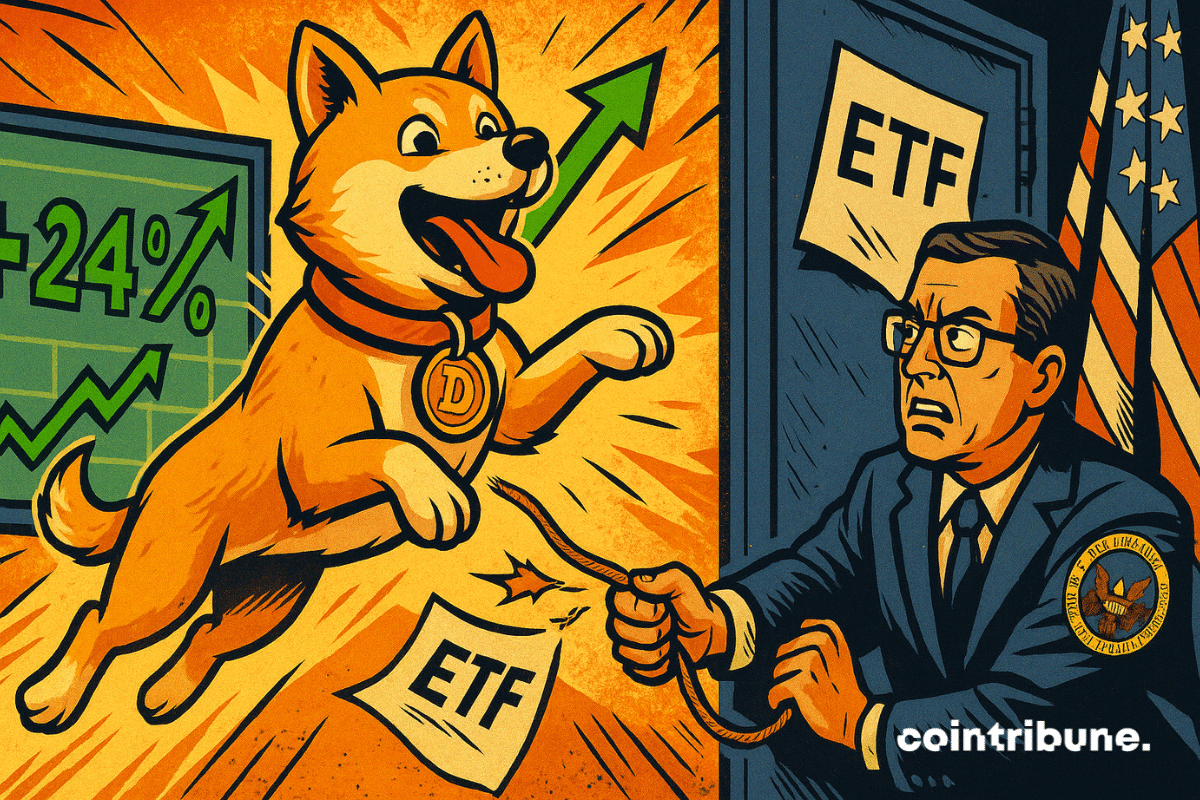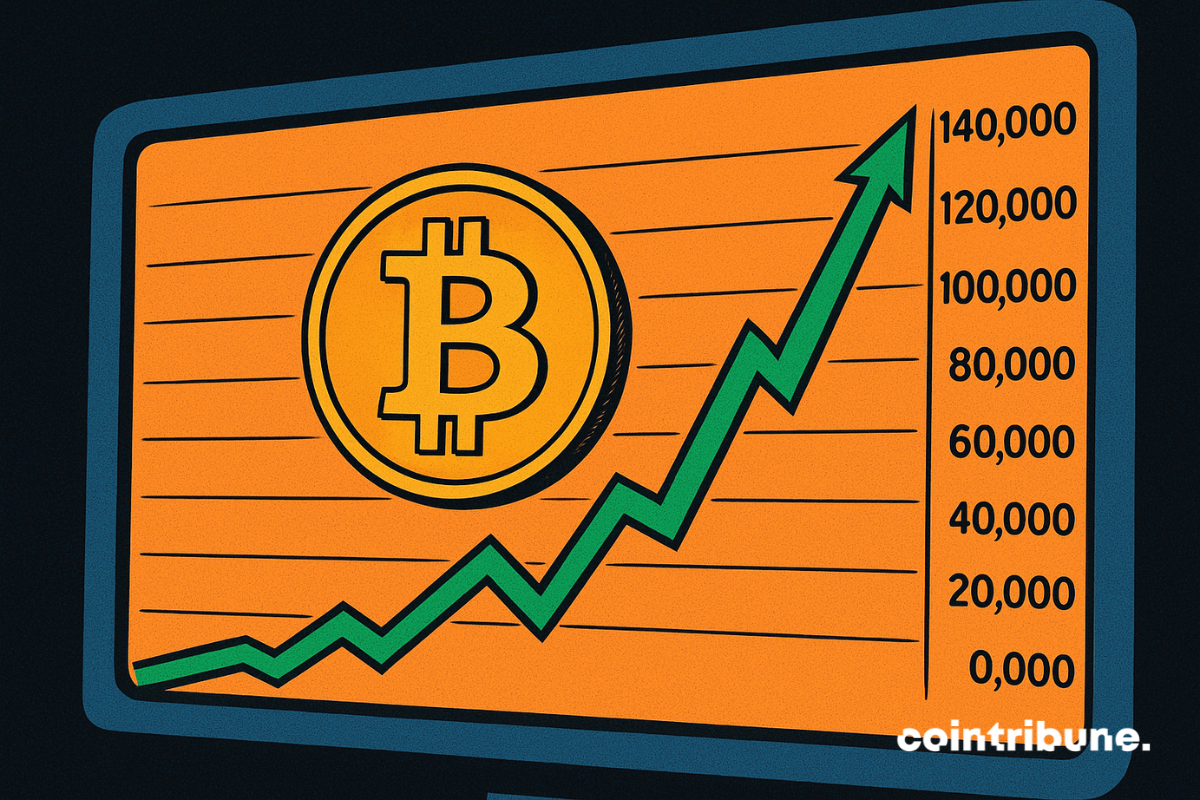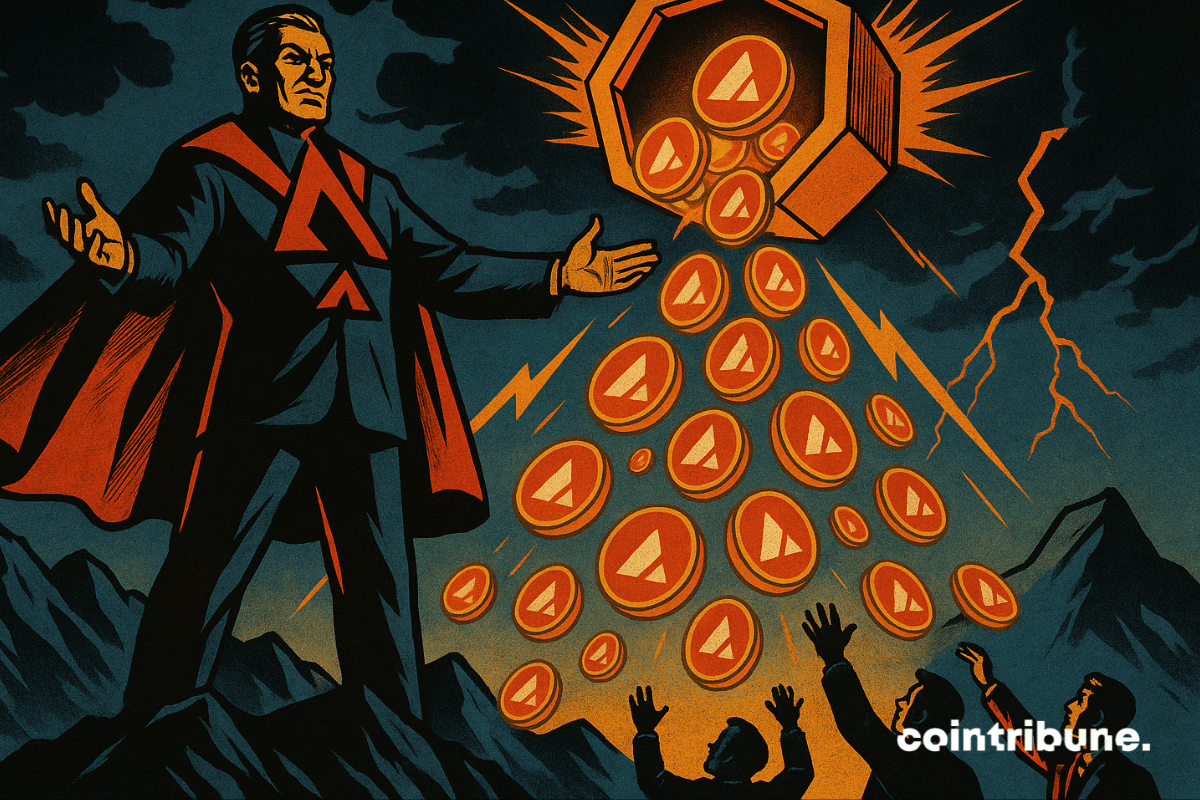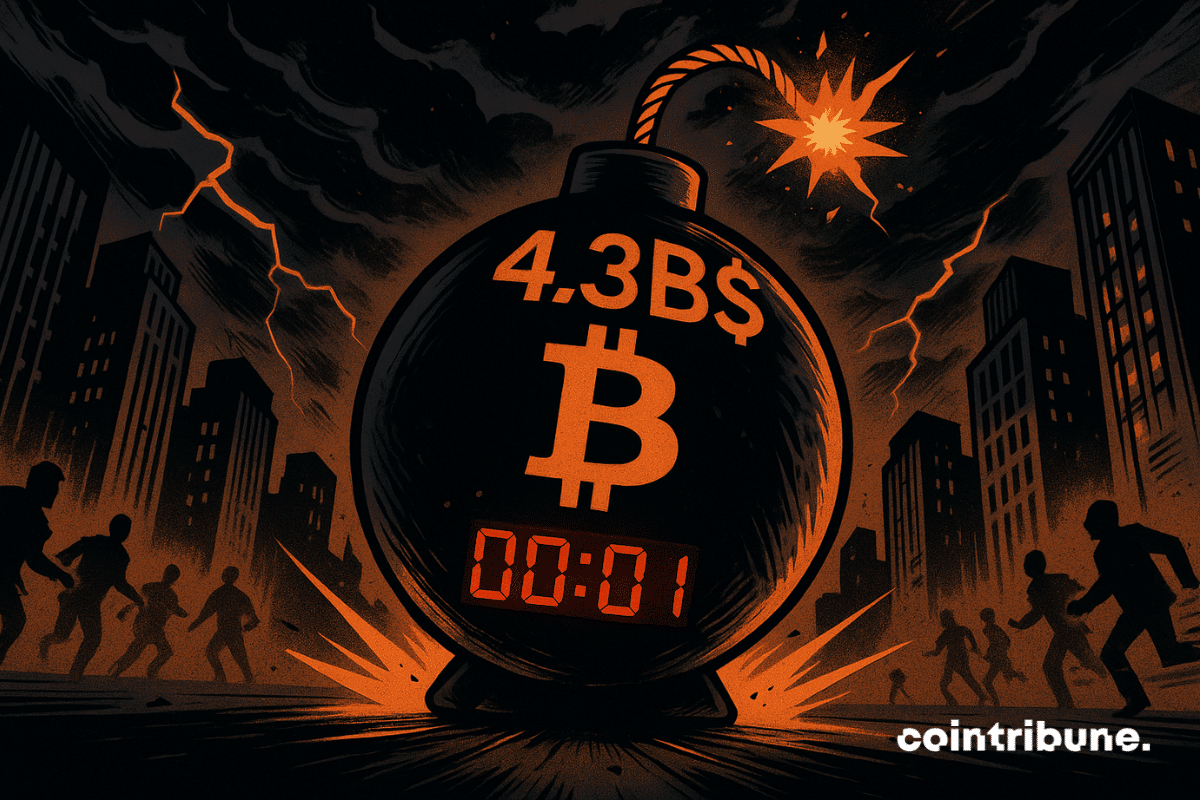The most underestimated risk of bitcoin may no longer be its volatility, but its gradual disappearance from the market. A new report from Fidelity Digital Assets warns of an increasingly marked dynamic: a growing share of the BTC stock is accumulating in inactive or institutional wallets, permanently escaping liquidity. By 2032, this concentration could reach a historic threshold, redefining the available supply and market balances.
Crypto News
U.S. spot Bitcoin exchange-traded funds (ETFs) are flying high at the moment, pulling in investments totaling $2.3 billion over the past week. Following a five-day inflow streak from September 8 to September 12, BTC investment vehicles recorded their best weekly outing in the past three months.
Gemini is moving toward a settlement with the SEC over its years-long Earn case, marking progress in a key dispute while also celebrating its $425M Nasdaq debut.
France threatens to block the MiCA passport for certain crypto companies deemed too lenient. Towards stricter regulation in Europe?
BitMine Immersion, chaired by Tom Lee, has solidified its position as the largest Ethereum treasury holder after its latest accumulation. The firm disclosed on Monday that its combined crypto and cash holdings now stand at $10.8 billion. The company’s aggressive acquisition strategy has pushed its Ethereum balance above 2.15 million ETH, highlighting its determination to dominate long-term blockchain investments.
The first ETFs exposed to XRP and Dogecoin will be launched this week in the United States. Carried by Rex Shares and Osprey Funds, these products mark an unprecedented regulatory breakthrough for two cryptos long kept away from traditional markets. This milestone broadens the range of assets accessible to investors, beyond bitcoin and Ethereum.
Driven by 638 million dollars in inflows on its ETFs in one week, Ethereum establishes itself as the asset of the moment among institutional investors. However, technical and historical signals call for caution. With 99% of the supply currently in profit and a traditionally bearish September, the market could quickly turn.
Large Bitcoin holders have resumed selling after a brief price surge, while long-dormant wallets reactivate and ETFs boost demand.
Wednesday, bitcoin is at stake: between the Fed's boost, the 117,000 $ wall and hungry whales, guaranteed suspense for the crypto market star.
The Qubic blockchain is set to make its mark at Token 2049 Singapore, taking place from October 1-2, 2025. This participation represents a decisive milestone for the protocol that claims the title of "fastest blockchain ever certified" with an impressive throughput of 15.5 million transactions per second (TPS) and after a highly publicized demonstration of its UpoW technology on Monero.
Native Markets has won the race to issue and manage Hyperliquid’s dollar stablecoin after securing the USDH ticker following a heated week-long bidding process. The governance contest, which saw top industry players like Paxos and BitGo place bids, has sparked several reactions among many within the crypto industry.
The crypto ecosystem reaches a new milestone with the revolutionary announcement from OKX partnering with Tether to deploy USDT0 on its Layer 2 X Layer network. This major innovation, launched on September 9, 2025, redefines stablecoin interoperability and positions OKX as the essential exchange for the future of decentralized finance.
Ethereum’s ETH/BTC ratio remains under 0.05 as the cryptocurrency navigates price swings, investor activity, and market trends.
According to the latest on-chain data, 92% of the bitcoin supply is now in profit. A figure that attests to the strength of the market... but also marks a potentially delicate turning point. Historically, this level has preceded both rallies and sharp corrections. As euphoria gains ground, several indicators suggest the market could waver.
Capital Group’s crypto investment appears to have paid off, according to recent reports, with its $1 billion Bitcoin-related stock surging by over 400%. The American asset management firm entered the Bitcoin treasury market a few years ago, following significant investments in Metaplanet and Strategy.
The crypto scene has once again proven that no protocol, no matter how popular, is completely safe. The Shibarium bridge, a strategic gateway between the Layer 2 of the same name and Ethereum, was the target of a swift flash loan attack that siphoned the equivalent of 2.4 million dollars. Behind this move, a maneuver both technical and psychological demonstrating the persistent flaws of decentralized security.
At Pump.fun, yesterday's chaos becomes today's eldorado: a memecoin inflated with billions, crazy promises, and regulators grimacing at the show.
Tron’s decision to lower transaction fees has quickly reduced the daily revenue earned by its block producers. Within 10 days of the fee change, revenue dropped sharply, according to recent on-chain data.
OpenSea has quietly doubled its trading fees just days before launching its long-awaited SEA token. The platform will now charge 1% on NFT trades, up from 0.5%, marking a 100% increase. The adjustment, announced by Chief Marketing Officer Adam Hollander in a lengthy update on X, takes effect September 15.
The co-founders of Glassnode predict a new peak for bitcoin, Ethereum and Solana within a month. This announcement contrasts with the prevailing caution and reignites the debate on the strength of the bullish cycle. Between on-chain data and uncertain macroeconomic context, this projection immediately attracted the attention of investors, dividing the community between hope for an imminent record and fear of excess optimism.
The cryptocurrency sector keeps surprising. Tether, already known for its USDT stablecoin, has just announced the launch of a new player: USAT. This dollar-backed stablecoin stands out with a clear ambition: to comply with new American legislation while consolidating the greenback's influence in the digital age. But the real surprise comes from its leadership: Bo Hines, former White House crypto advisor, now leads this strategic project.
The stablecoin market has reached $301 billion, but reported figures vary across platforms as growth continues.
BNB surged to $909 following Binance’s collaboration with Franklin Templeton, as analysts anticipate further gains and strong market momentum.
The iconic memecoin Dogecoin continues its rise, driven by market enthusiasm. Despite another delay in the launch of its first American ETF, institutional investors remain alert and seem little affected by this announcement.
Institutional capital is returning strongly to the crypto market. This week, spot Bitcoin ETFs recorded their highest inflows in two months, pushing the total capitalization beyond 4.1 trillion dollars. Such a symbolic threshold reflects a massive renewed interest in cryptos.
Chinese firms may face restrictions on stablecoin activity, affecting their role in the city’s digital asset market.
Bitcoin has broken records ten times this year. Spending Christmas closer to 150,000 dollars than to 100,000 dollars is not far-fetched.
Avalanche Foundation is aiming to raise $1B by creating two US treasury companies that will purchase AVAX at discounted prices.
Nearly two years after his conviction, the former CEO of FTX sees his crypto future replayed in a judicial appeal. The Second Circuit Court of Appeals has set the hearing for November 4, a key step in the crypto trial.
This Friday, the bitcoin market faces an extraordinary deadline: $4.3 billion worth of options expire. Such a shift could decide the short-term trajectory of BTC, suspended at the strategic threshold of $113,000. Its crossing or loss could offer buyers an unprecedented leverage... or give control back to sellers.
